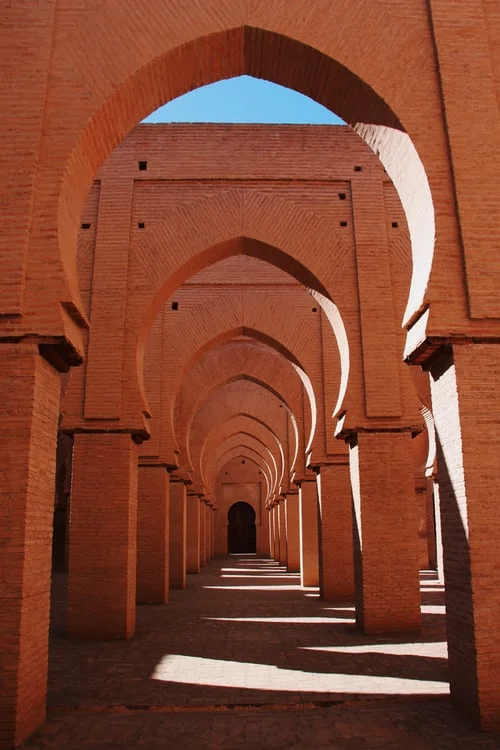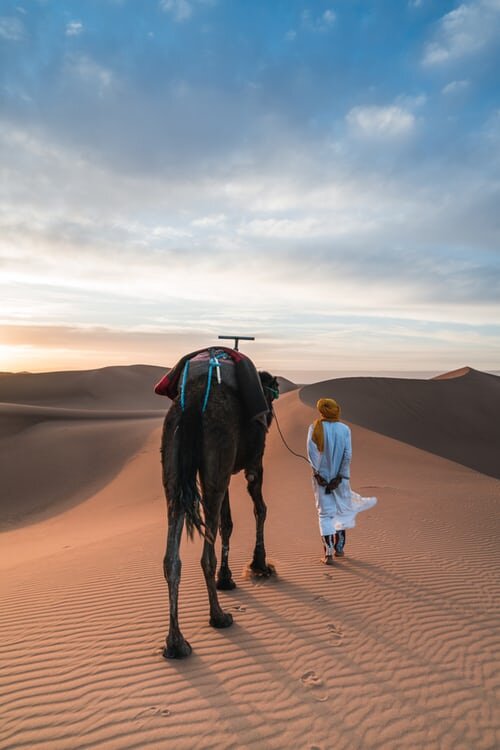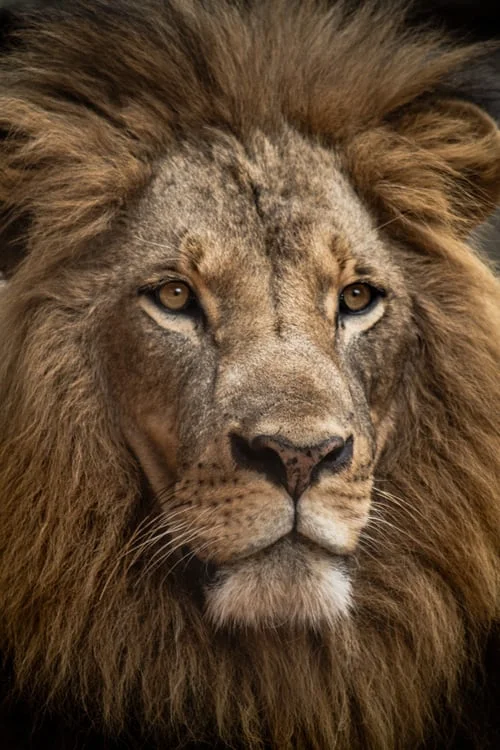At The Crossroads OF The Maghreb; Discovering The Hidden Treasure Of Marrakech.
“I believe that Marrakech ought to be earned as a destination. The journey is the preparation for the experience. Reaching it too fast derides it, makes it a little less easy to understand.”
― Tahir Shah, In Arabian Nights: A Caravan of Moroccan Dreams
It is hard to think of many ‘exotic’ desert cities for often they struggle to escape the dust, the heat and the vast distances one has to travel in order to reach them.
There is one however that has drawn travellers, merchants, marauding barbarians, camel caravans and holy men to its walls like moths to a flame for over a thousand years; The old city of Marrakech.
Once Morocco’s thriving capital, this is a city that has survived the rigours of time enduring terrible droughts, wars, sieges and Machiavellian skullduggery to emerge almost unscathed to continue to act as a magnet for those seeking a glimpse into a timeless capsule that behaves today like it has for over a millennium.
Perched precariously on the edge of the mighty Sahara Desert and dwarfed by the majestic, snow-capped Atlas Mountains, “the ‘Ochre city,” as it is fondly known stands proudly, surrounded by nineteen kilometers of powder – pink sandstone walls, and once entered those self same walls will do all in their power to keep you there.
The architecture is a riot of colour, comprised mainly of red -baked mud medinas and palaces that seem to have been there since time immemorial. This is one of the great crossroads of the sub- Saharan continent, a city that grew from a tiny market town to become the greatest centre of the Maghreb.
The moment one passes through one of the city’s imposing gates you suddenly find yourself in a labyrinth of twisting, winding streets no wider than alleyways that slither snake-like from one souk to another (there are 18 within the city walls) all seemingly bursting at the seams with vendors selling copperware, silver, gold, carpets, in fact everything your heart desires. These tightly packed spaces heave with a vitality one cannot find anywhere else, as over 40,000 shop and stall owners try to entice you into their Aladdin’s cave with offers of small cups of mint tea.
It is an exhilarating experience, although it can be exhausting as you push your way through farmers selling live chickens, calling out prices creating a cacophony of sound that is altogether deafening. Butchers, wielding giant machetes deftly slice their carcasses gazing now and again at you through a curtain of flies.
Strolling these narrow streets can take an entire day, but be assured that all roads seemingly lead to the breathtaking Djemaa el- Fna square, the massive centrepiece of the city and the largest and busiest marketplace in Africa. This one place unifies the past and the present where ancient traditions collide head-on with modernity. Djemaa el-Fna translates roughly as, “ the assembly of trespassers,” which is rather an apt description given makeup of the humanity who ply their skills on the ancient cobblestones.
This bustling square is what possibly attracted the likes of the Rolling Stones, The Beatles, Yves St Laurent and a host of other leading lights of the mid-sixties to spend time here. This, in turn, was a beacon for scores of hippies to flood to Morocco searching for,…. well, perhaps it was better not to ask.
One gets the feeling that nothing has changed in a thousand years, as the activities practised here would have been the same in 1062 AD. Drummers and pipe players beat out Arabic Rhythms to which Dervish dancers whirl like carousels in self-induced trances.
Snake charmers weave as they entice their hooded cobras to rise from their baskets while imploring you to toss them a few dirhams for their efforts. Acrobats flip flop past you as you make your way through young dancing boys from the Atlas Mountains, wizened storytellers, magicians, mystics, monkey trainers, and dentists but beware of the scores of deft pickpockets waiting for easy tourist prey.
Walking through the souks can take its toll on the body and in order to rejuvenate, best head to one of the numerous hammams (public bathhouses) that dot the city where a rub down and a steam bath will iron out those pesky kinks. However, you could treat yourself to an experience at the beautiful Hammam de la Rose Spa. Take a eucalyptus scrub; a rose petal mud mask, a foot massage and final rub down with enriching Argan oil which might set you back a mere $70.
After taking the proverbial nap in your hotel listen out for the call to prayer at sunset from the iconic Koutoubia mosque. Rouse yourself and head to The Café du Grand Balcon (north-west corner, Djemaa el-Fna) for it is the best place to get an elevated view of the proceedings going on below, but try and get there early, as it is always crowded.
As if by magic the daytime vendors slink off into the gloom and like magic, a vast array of small tents are erected under which communal tables and chairs are set up. Stoves are ignited and the smoke from hundred of woks swirls past the shimmering lanterns that now dot the square, bringing with it smells that make the mouth water.
Wander in and pull up a chair and, with little or no fuss soon you will be devouring delicious barbecued kebabs, crisp vegetable or if you feel terribly brave, the famous snail soup. If you prefer to go ‘upmarket’ it is hard to go past the hip, restaurant Pepenero that has attracted ‘foodies’ from across the globe to dine on its famous, ‘fusion’ Moroccan cuisine. The nightlife in Marrakech is as vibrant as the energy in the daylight hours and no more so than at Club Pacha, Africa’s largest nightclub, which rivals anything Ibiza, has to offer.
Be sure not to miss the Palace of the Medersa Ali Ben Youssef and the green cacti gardens of the Jardin Majorelle gardens on Avenue Yacoub el Mansour, faithfully restored to its former glory under the watchful eye of Yves St Laurent.
Marrakech has seven marabouts (patron saints), but their tombs, like the myriad of mosques, are unfortunately closed to non-Muslims but naturally, there are plenty of religious and historical sites to keep the visitor occupied for days. The palaces and public buildings are open most days; simply check the opening times on the doorways.
Marrakech is a city every traveller should visit at least once in his or her lifetimes, for it is sure to seduce and capture the imagination and will call like a siren from the sea when you depart, begging you to return.
















